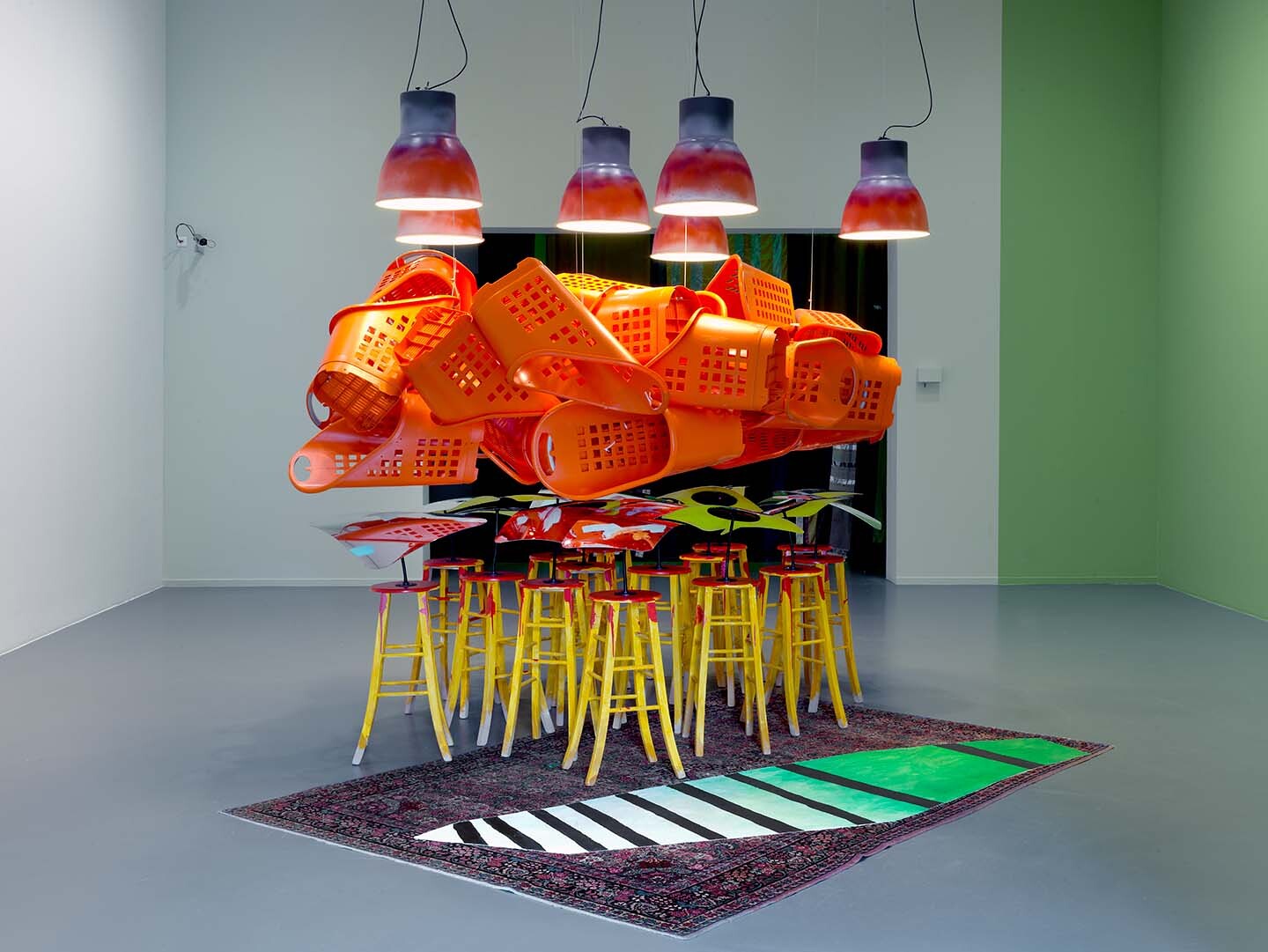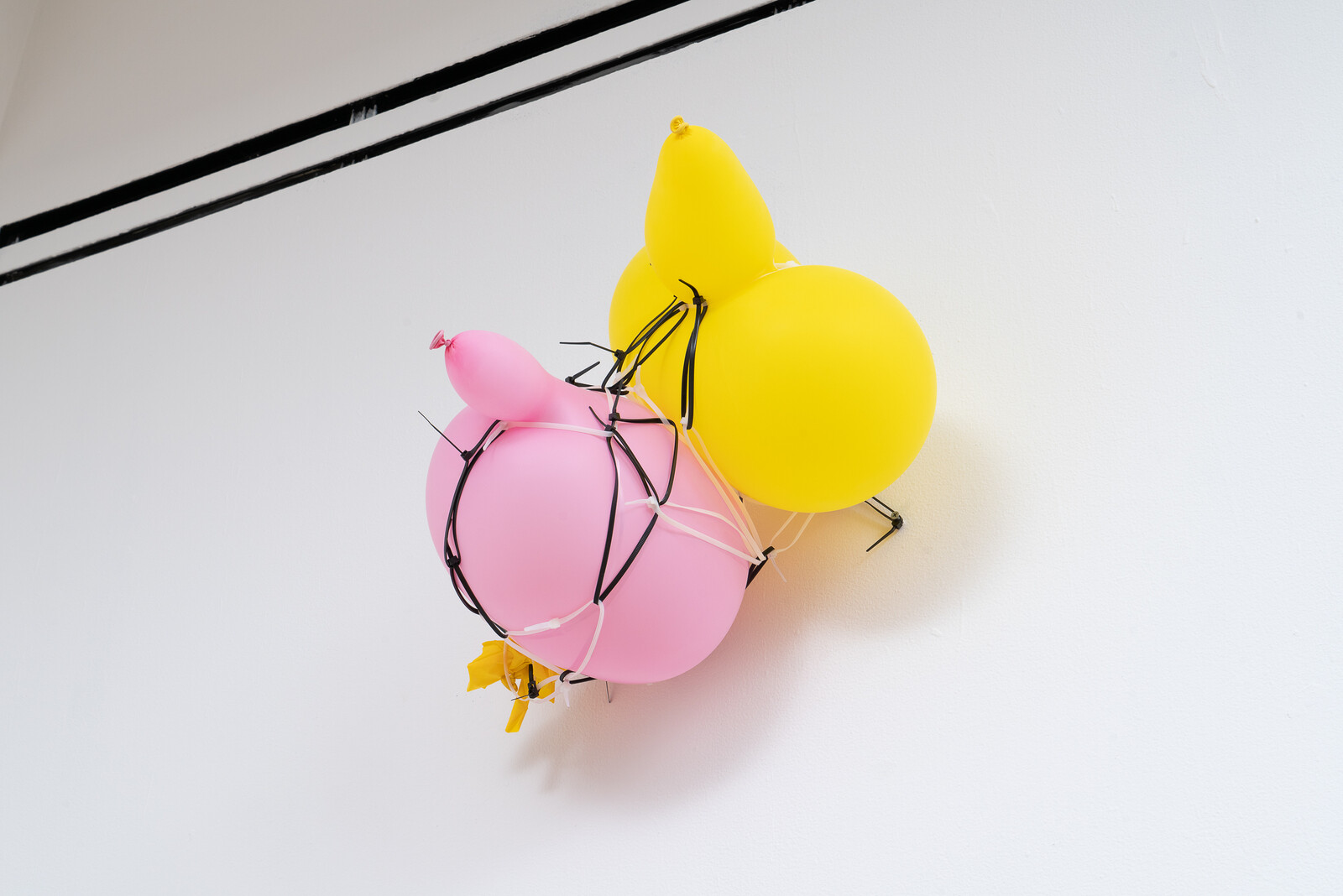https://www.uchicago.edu/
1. Why did you decide to go into teaching?
Teaching was a way to earn a living that intersected with and was supported by my own artwork. I’ve grown to appreciate that the conversation supported by the University of Chicago embodies values that are distinct from those of the commercial art world; the intersection of the two yields richness not found in either alone.
2. What drew you to your school and what is your teaching philosophy?
The quality of dialogue brought me here, together with a warm collegial sprit and my colleagues’ care for teaching.
I hope to help students understand that the ball is in their park. Together, we look at art history and contemporary art to develop an understanding that the art landscape is one where each of us is empowered to make a difference.
3. What theory and art history do you consider most essential for your students? What artist or artwork do you refer to most often?
A moving target! I like to share the words of artists and creative writers with students, and I find it important for artists to be aware of context, so I often share with them the writings of Brian O’Doherty, Miwon Kwon, and Charlotte Klonk.
4. How do you navigate generational or cultural differences between you and your students?
I expect—and hope—that there will be difference, as the difference between us in the classroom creates space for all to learn. I try to initiate conversations that engage with the work that each student brings to class, and in this way, the students have a hand in driving the focus of the class.
5. What changes would you like to see in art education?
It would be great if there was more funding for MFA students so that we could engage more students from less affluent backgrounds in our programs and launch artists into the world unburdened by debt.
6. What is your educational background? Did you arrive at art from another field?
I aimed toward being an artist when I was a teenager—I don’t know exactly why! That said, I was happy to study art in universities. Art is always made in relation to something in the world, and universities cast a wide net. This, I think, allows artists to bring all kinds of subjects into our work.
7. How have recent cultural movements and activism informed your curriculum?
Our curriculum has always been open to engaging the currents of the moment. We continue to listen to and engage with what our students tell us about their experiences. We continue to ask a lot of questions!
8. How much structure or independence do students have in your courses?
That depends on the level of the course. There is more structure for foundation classes and much less structure in more advanced courses. Art-making is an activity where free will can be recognized.
9. How does the program connect students to the surrounding art scene? How do they learn outside the classroom?
Chicago is a lively place, and the University of Chicago has many venues where artists and thinkers from the city are invited to participate in dialogue. The MFA students here sometimes organize critiques together with other MFA programs in the city. There are multiple avenues here in Chicago for interested artists to engage the city.
10. What advice do you give to your students as they leave school and enter the field?
Don’t lose track of what you value and stay open to what comes your way.










